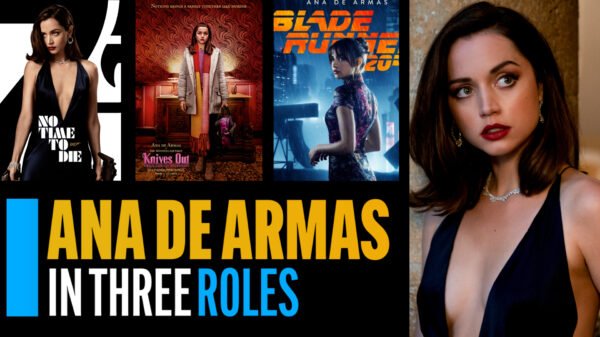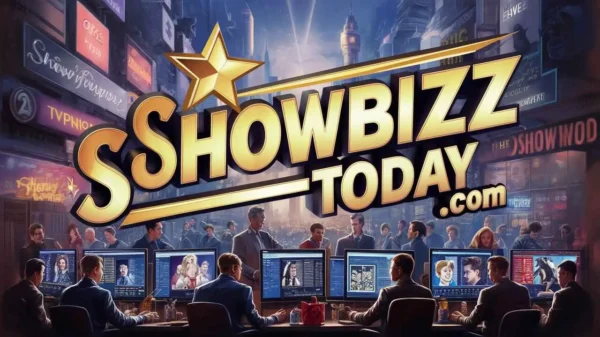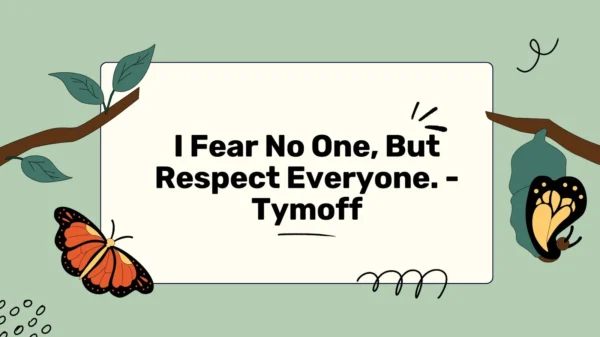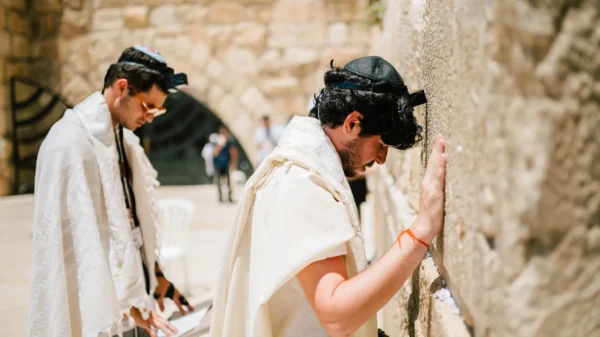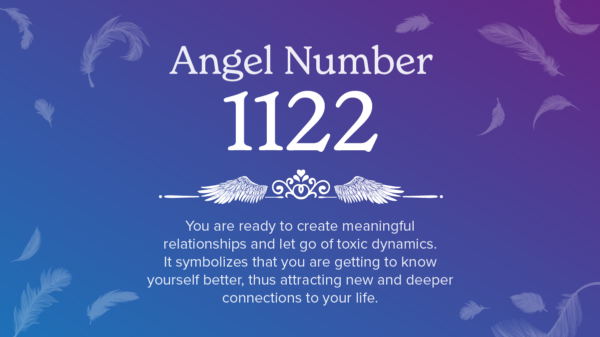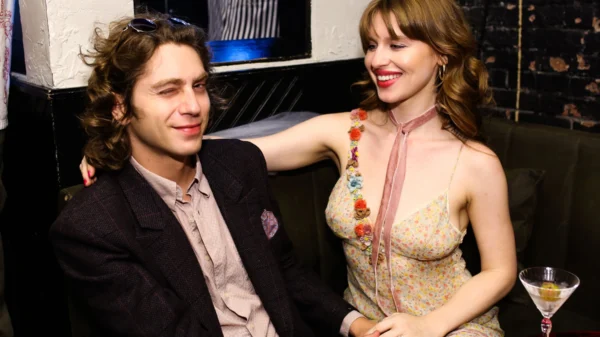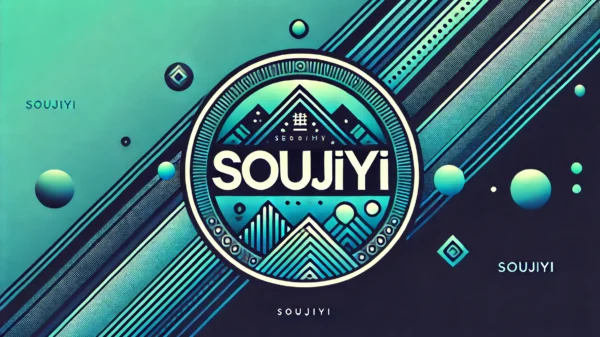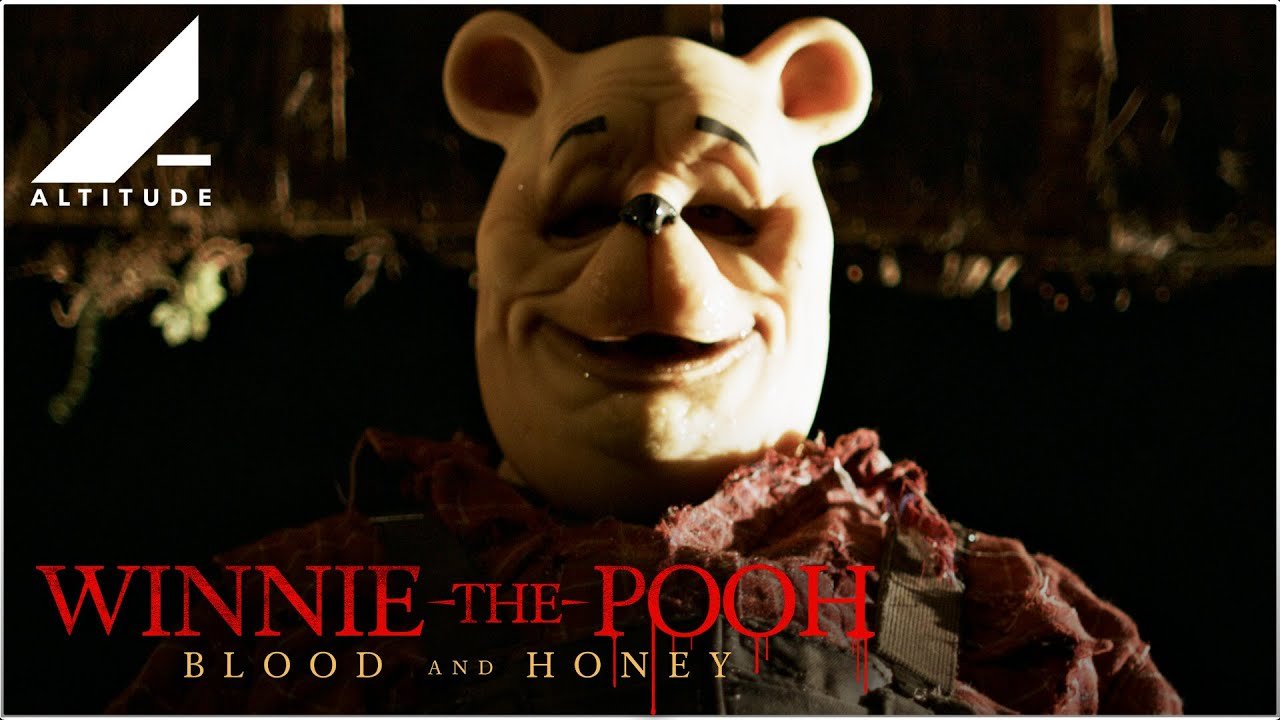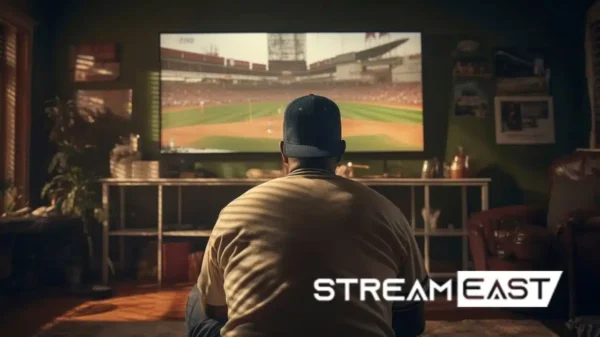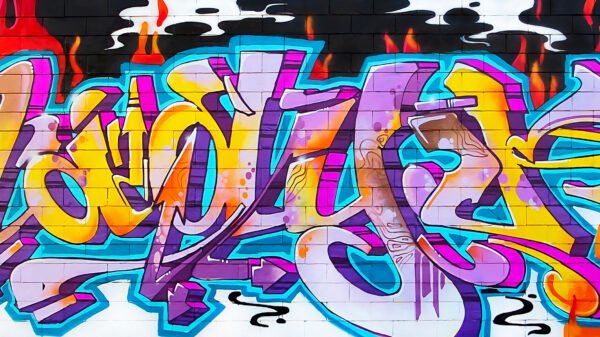“Winnie the Pooh: Blood and Honey” marks a dramatic pivot from the whimsical tales of Christopher Robin’s adventures in the Hundred Acre Wood, into a realm of horror that many would have never imagined for the beloved bear and his friends. This film, a striking amalgamation of childhood nostalgia and horror cinema, has stirred a whirlwind of reactions ranging from intrigue to outright disbelief. As we delve into the depths of this controversial adaptation, it’s essential to examine the motivations behind such a transformation, the public and critical response, and the broader implications for the legacy of classic children’s characters being reimagined in adult-oriented genres.
From Beloved Bear to Frightening Fiend: The Creative Leap
The journey of “Winnie the Pooh: Blood and Honey” from a concept to a full-fledged horror film is a testament to the daring creativity of filmmakers looking to explore new territories with established characters. The film’s existence is largely attributed to the original Winnie the Pooh stories entering the public domain, allowing creative minds to take these well-known characters in directions previously unexplored or even taboo. This creative liberty opens up a Pandora’s box of possibilities, where Pooh and Piglet are no longer the benign, honey-loving creatures, but rather, they embody the darker, primal instincts absent from A.A. Milne’s original tales.
The transformation of Winnie the Pooh into a horror movie antagonist is not just a shock value tactic but a deeper exploration into the versatility of storytelling, where characters can transcend their original genres and settings to reflect broader themes, including fear, survival, and the loss of innocence. The film’s director and creators have ventured into uncharted waters, challenging the audience’s perceptions and emotional attachments to childhood icons by placing them in a narrative context that starkly contrasts with their origins.
Public and Critical Reception: A Polarizing Phenomenon
“Winnie the Pooh: Blood and Honey” has undeniably become a polarizing cultural phenomenon, eliciting a wide range of responses from both audiences and critics. For some, the shock of seeing childhood memories recast in a horror framework has been unsettling, if not outright blasphemous. Critics argue that the film capitalizes on the desecration of innocence, leveraging the beloved status of Pooh and friends for sensationalism rather than genuine storytelling innovation.
Conversely, there exists a segment of the audience that embraces this bold reinterpretation, viewing it as a fresh take on familiar characters, and a welcome addition to the horror genre that thrives on subversion and the unexpected. These contrasting viewpoints highlight the subjective nature of art and entertainment, where the value and impact of creative works can vary dramatically based on individual sensibilities and experiences.
Ethical Considerations and the Future of Childhood Icons in Adult Genres
The advent of “Winnie the Pooh: Blood and Honey” raises significant ethical questions regarding the use of childhood characters in adult-oriented content. It prompts a discussion about the boundaries of creative freedom and the responsibilities of creators when dealing with characters deeply ingrained in the public’s collective childhood memory. This debate touches on issues of cultural heritage, the preservation of character integrity, and the potential psychological impact on audiences who hold strong emotional ties to the original representations.
As more classic characters potentially enter the public domain, the entertainment industry stands at a crossroads. The decisions made by creators and studios in the coming years will shape the future trajectory of how these beloved figures are utilized in new, possibly mature-themed content. This scenario underscores the need for a balanced approach that respects the nostalgia and cultural significance of these characters while also embracing innovation and the evolution of storytelling.
Navigating the Intersection of Nostalgia and Horror
“Winnie the Pooh: Blood and Honey” serves as a fascinating case study in the blending of genres, specifically the intersection of childhood nostalgia and horror. This combination, while jarring, is not entirely new; however, the film pushes the envelope further by recontextualizing characters who epitomize innocence and friendship. The effectiveness of this blend lies in its ability to tap into the deep-seated fears associated with the corruption of innocence and the distortion of fond memories, themes that resonate on a visceral level with many viewers.
The film also reflects a growing trend in entertainment where the lines between genres are increasingly blurred, creating hybrid forms of storytelling that can appeal to diverse audiences with varied tastes. This trend speaks to the fluid nature of genre conventions and the limitless possibilities for narrative innovation when creators are willing to take risks and challenge established norms.
Conclusion: “Winnie the Pooh: Blood and Honey” as a Cultural Artifact
“Winnie the Pooh: Blood and Honey” is more than just a horror film; it is a cultural artifact that encapsulates a unique moment in the evolution of media and popular culture. It represents a bold experiment in storytelling that has sparked conversations about the nature of creativity, the sanctity of childhood memories, and the future of beloved characters as they transition into the public domain.
Regardless of one’s personal take on the film, its significance lies in its ability to provoke discussion and reflection on the changing landscape of entertainment, the enduring power of classic characters, and the limitless potential for their reinvention. As the lines between childhood nostalgia and adult storytelling continue to blur, “Winnie the Pooh: Blood and Honey” will undoubtedly be remembered as a pivotal point in this ongoing narrative, challenging us to reconsider the boundaries of imagination and the enduring impact of the stories we hold dear.
Read Also: Rebahin: Your Premier Destination for Streaming and Downloading Indonesian Entertainment









